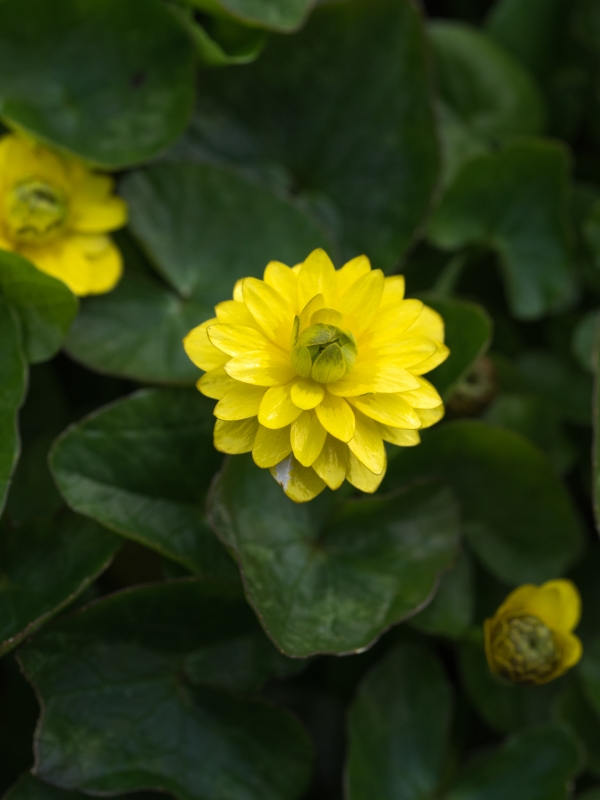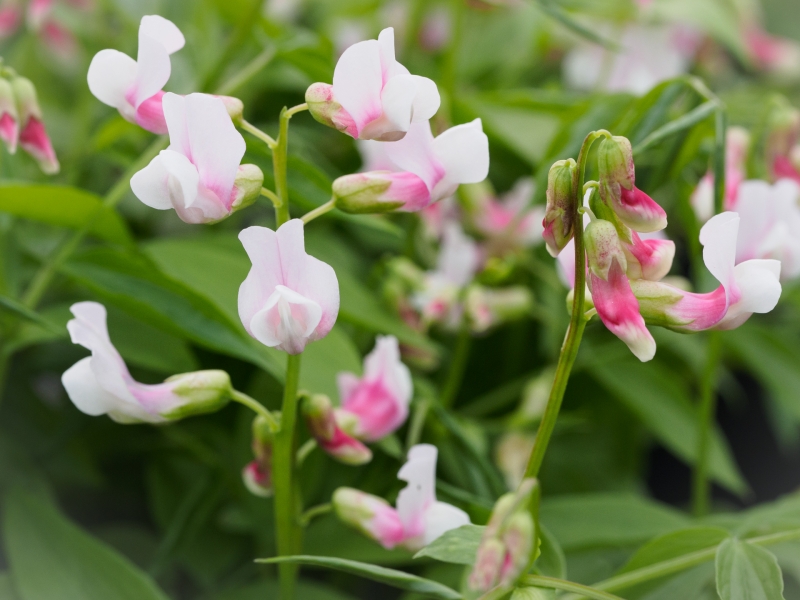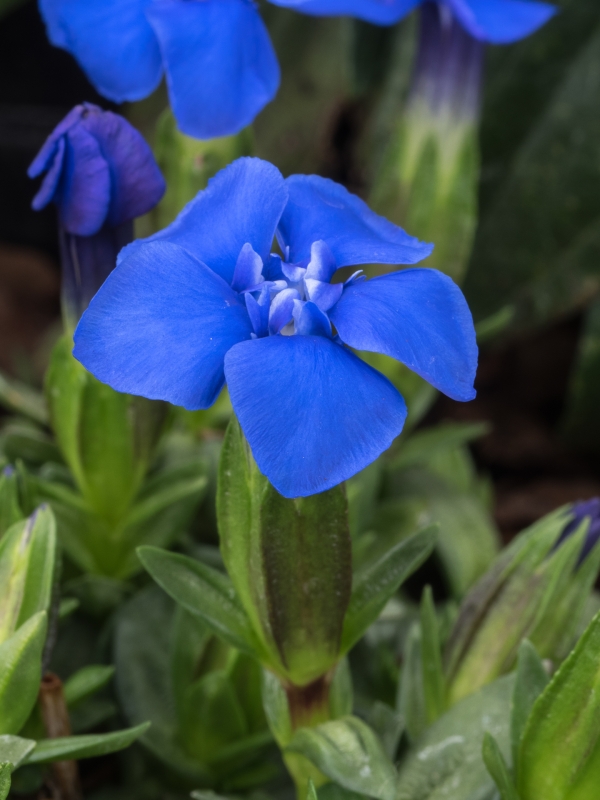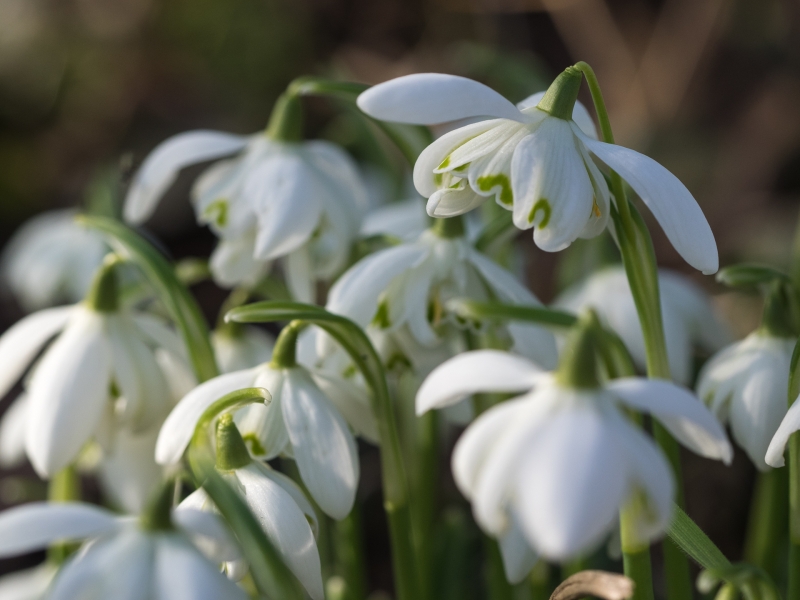A Little More Latin learning - Seasonal Epithets
Previously, we looked at a few examples of the Latin binomial, naming system and found that learning a little bit of Latin can help us highlight a plant’s salient feature(s).
Most plants only flower at one time of year and this is reflected in the Latin terms:
Verna (or Vernus) for Spring,
Aestiva (or Aestivalis) for Summer,
Autumnalis for Autumn, and
Hiemalis (or sometimes Brumalis) for Winter.
We can also add Nivalis for snow so we can have our familiar winter flower, the Snowdrop: “Galanthus nivalis”, (for the straight species) and also:
Galanthus nivalis f. pleniflorus (Flore Pleno).
This is the double flowered form. A little more flamboyant than the common Snowdrop, it makes more of an impact, especially when naturalised in grass or planted in drifts through woodland. Ideal for edging a lightly shaded path or underplanting shrubs, grow it where you will best appreciate its delicate good looks and fragrance from late Winter into Spring.
As we are coming into Spring here are a few more Spring flowering plants, growing on the nursery:
Ficaria verna Flore Pleno Group
This is the double flowered form of the Common Celandine and as such grows into large ground covering clumps very quickly, giving a lovely burst of yellow, the flowers stand out well against the glossy green leaves.
It is a brilliant early Spring flowering plant, for ground cover in woodland gardens or wild informal areas within the garden. Being Summer dormant, it dies back for the Summer months but reappears the following year. This habit of dying back in the Summer means it acts as a very useful green manure.

Lathyrus vernus 'Alboroseus'
This is an herbaceous Sweet Pea and in this case, we know from the “vernus” epithet, that it will flower in Spring and also from the “Alboroseus” epithet, that the flowers will be white (albo) and pink (roseus)

Gentiana verna
Simply stunning, Spring Gentian really catches your eye due to its deep intense blue, ankle-high starry flowers, each highlighted with a tiny white throat, that appear over a slowly spreading mat of evergreen, greyish foliage.
Native to mountainous areas of Europe, this diminutive alpine can be found growing wild in Northern Ireland and County Durham. Its show-stopping floral display lasts from late Spring into early Summer. Fairly picky, it needs a sunny spot in light, free draining soil with some moisture and organic matter to thrive. Perfect for a Spring container or specimen plant in a rock garden. If your site and soil conditions are wrong, follow the alpine enthusiasts and grow it in a trough. You will not regret it.


